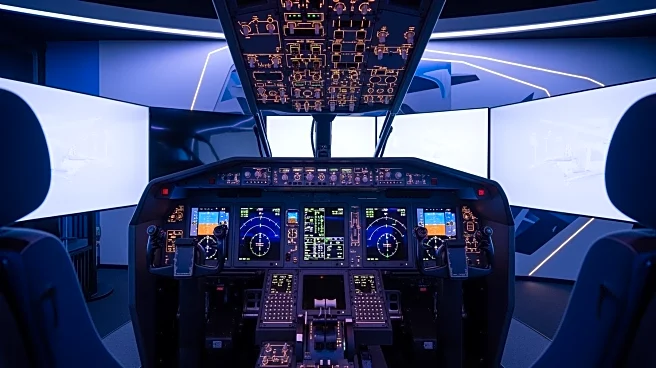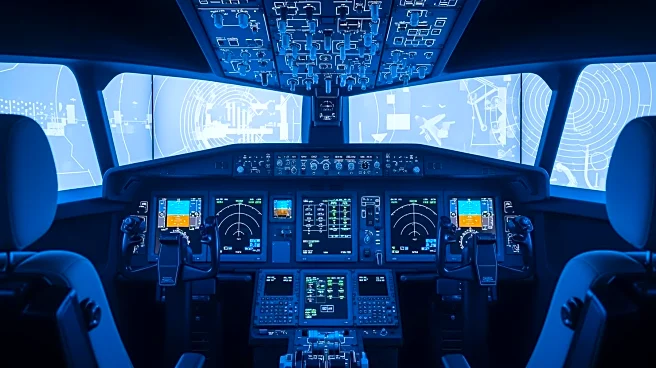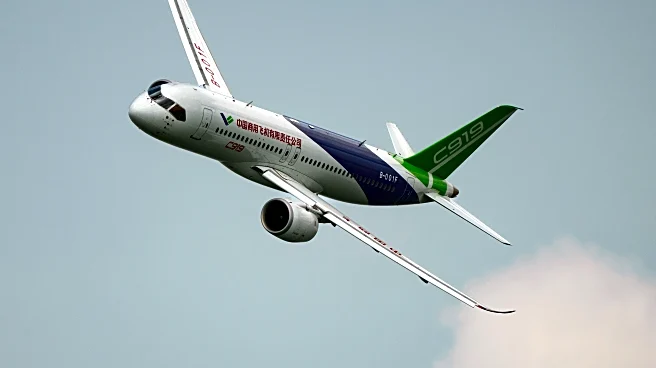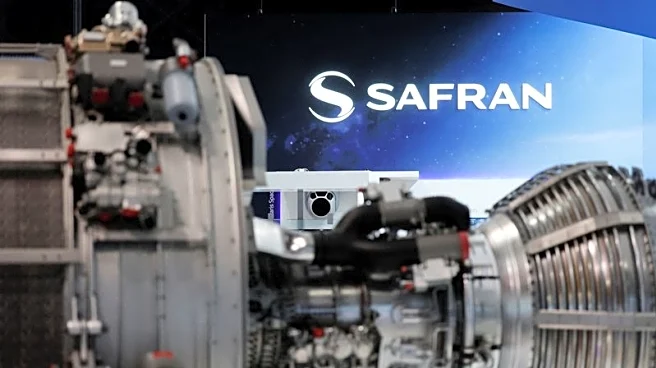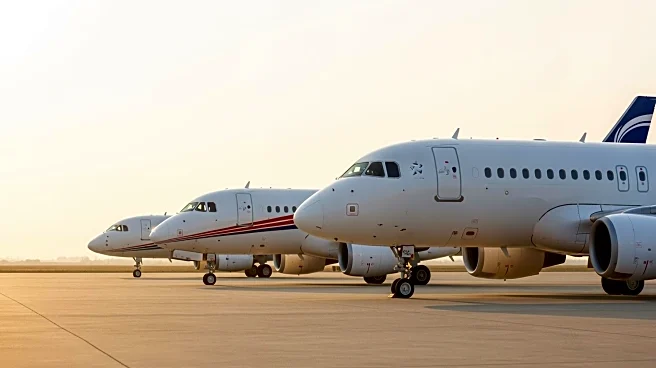What's Happening?
At the MRO Europe conference, aviation industry leaders discussed the urgent need to address workforce training challenges as the sector anticipates a significant demand for new technicians. Airbus and Boeing project a need for over 700,000 new technicians globally
by 2040, while CAE estimates that 83% of current maintenance staff will retire within the next decade. Companies like Ryanair and Magnetic Talents are adopting self-sufficient training programs to meet these demands, but face challenges such as fragmented training efforts and unsustainable mentorship ratios.
Why It's Important?
The aviation industry's ability to meet future demand hinges on effective workforce training and retention strategies. As the sector faces a potential shortage of skilled technicians, companies must innovate their training methods to attract and retain talent. This situation presents an opportunity for collaboration between industry stakeholders and governments to develop standardized training programs and leverage technology like augmented reality for hands-on learning. Addressing these challenges is crucial for maintaining safety standards and operational efficiency in aviation.
What's Next?
Industry leaders are advocating for a more collaborative approach to training, suggesting that pooling resources and government support could help address workforce shortages. The focus will likely shift towards integrating digital and analytical skills into training programs to prepare technicians for future technological advancements. Additionally, efforts to harmonize global training standards could enhance the transferability of technician credentials, facilitating a more flexible and responsive workforce.
Beyond the Headlines
The workforce training challenges in aviation highlight broader issues of generational knowledge transfer and the need for innovative learning methods. As younger generations enter the workforce, traditional training approaches may need to be reevaluated to align with their learning preferences. This shift could lead to long-term changes in how industries approach workforce development, emphasizing adaptability and continuous learning.
